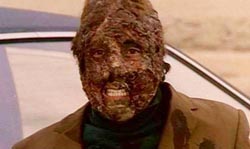
 In her first book, The $11 Billion Year, intrepid film journalist Anne Thompson takes the reader through the annual life cycle that awaits Hollywood studios’ products and scrappy indies: a circus of festivals and awards in which a movie’s success is far from a sure thing. No matter a film’s fate, its story is never dull, and the book serves as a time capsule of those projects vying for supremacy — critically and culturally, but above all else, financially — in 2012.
In her first book, The $11 Billion Year, intrepid film journalist Anne Thompson takes the reader through the annual life cycle that awaits Hollywood studios’ products and scrappy indies: a circus of festivals and awards in which a movie’s success is far from a sure thing. No matter a film’s fate, its story is never dull, and the book serves as a time capsule of those projects vying for supremacy — critically and culturally, but above all else, financially — in 2012.
In its structure, her book reminded me of Peter Bart’s The Gross of 2000, which chronicled the hits and flops in the summer slate of 1998 with a juice-packed insider’s view. The difference is Thompson’s scope is IMAX-sized compared to Bart’s.
It’s also more than just a tale constricted to a finite timeline. The author utilizes the gaps of months between such chapters on Sundance and SXSW to insert essays on other factors driving the way Tinseltown works today. Thus, we get essays that delve into the game-changing rise of digital streaming, the kowtowing to rabid fanboys at Comic-Con, and the ever-increasing importance of the almighty franchise, focusing on what went right with The Hunger Games and what went wrong with Disney’s $200 million write-off known as John Carter.
She also uses the release and subsequent controversy of Kathryn Bigelow’s Zero Dark Thirty to examine the extra challenges awaiting women directors who dare play the Hollywood game, where the clubhouse door still all but sports a “boys only” sign.
Regardless of the film being discussed — from Silver Linings Playbook to Safety Not Guaranteed — Thompson’s account of each reads like a mini making-of article, taking the reader from conception to, ultimately, fortune or failure. You can appreciate The $11 Billion Year by individual pieces or as a whole — either way, its 320 pages prove deliciously addicting.
My only quibble with it is that appears to have gone through a rushed editorial process. I can forgive the rare occasional misspelling of a name (whether Nicolas Cage or Paul Feig can, I do not know), but other errors are far more egregious, from referring to the animated Mars Needs Moms as Mars Loves Moms, to this statement: “Films that have nabbed both Best Actress and Foreign Language nominations belong to an elite club indeed: Life Is Beautiful, Z, and Crouching Tiger, Hidden Dragon.” Not a single one of those pics earned a Best Actress nomination. —Rod Lott


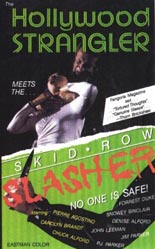
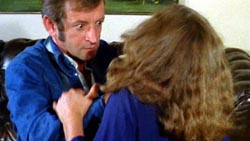
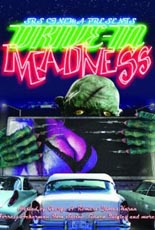

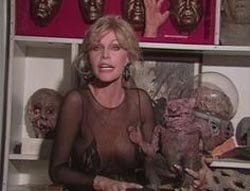
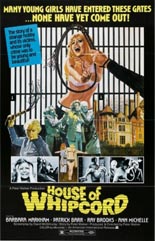
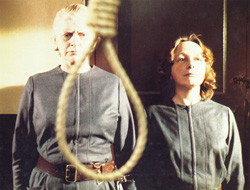
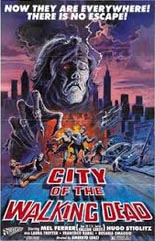
 When Danny Boyle’s
When Danny Boyle’s 